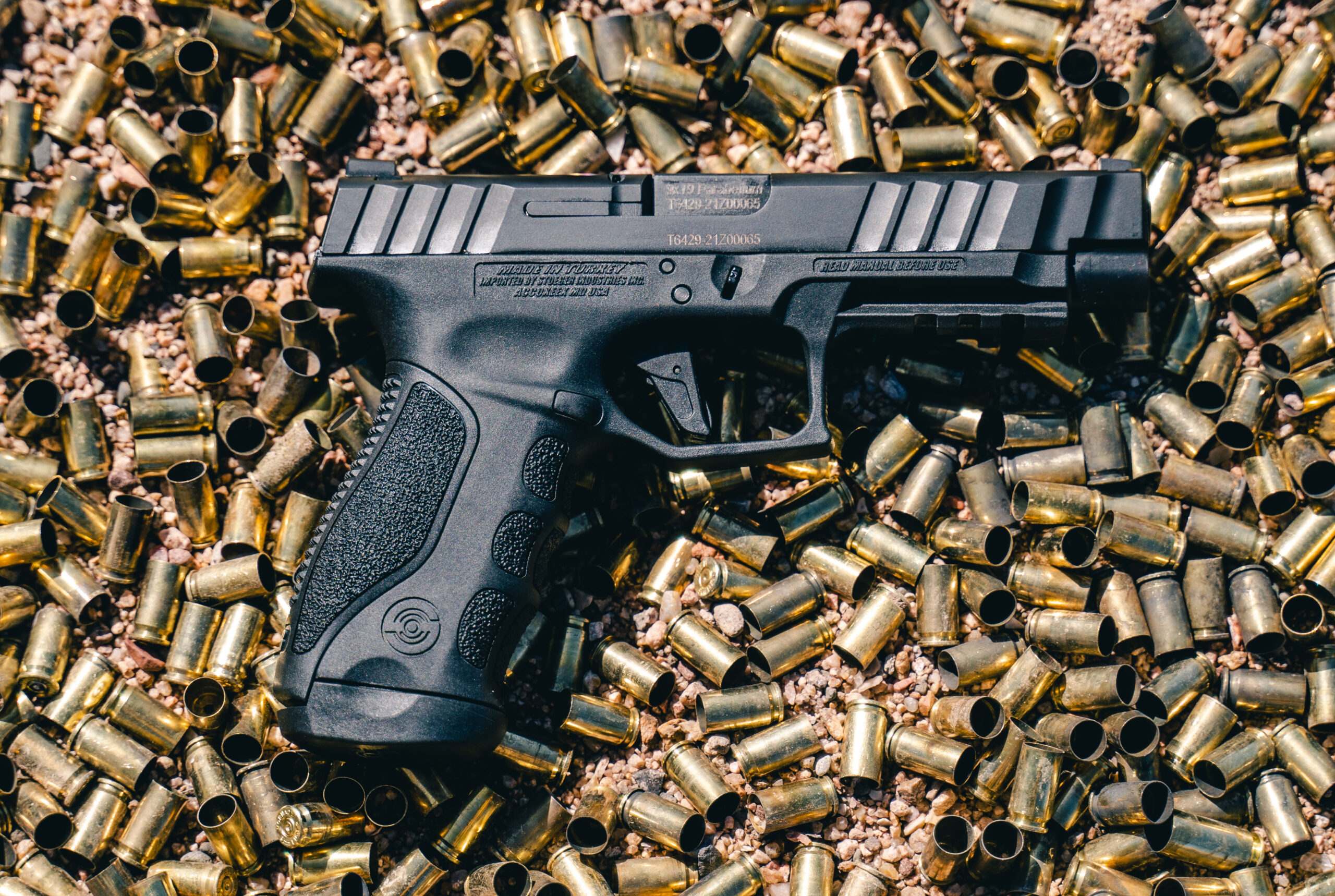Introduction
Shotguns are versatile firearms designed for a variety of purposes, from hunting and sport shooting to home defense. In this comprehensive guide, we will explore the key components, types, ammunition, and best practices associated with shotguns.
- Anatomy of a Shotgun: A shotgun consists of several essential parts, including the barrel, stock, action, and trigger. Each component plays a crucial role in the overall functionality of the firearm. The barrel, typically ranging from 18 to 30 inches, determines the spread and range of the shot.
- Types of Shotguns: Shotguns come in various types, such as pump-action, semi-automatic, and break-action (single or double-barreled). Pump-action shotguns, like the popular Remington 870, require manual cycling of the action, while semi-automatic shotguns, such as the Benelli M4, automatically eject spent shells and chamber new rounds.
- Gauges and Calibers: Shotguns are classified by gauge, representing the bore diameter, with 12 and 20 gauges being the most common. Additionally, shotguns may use different shell sizes (calibers) for various applications. Understanding the appropriate gauge and shell size is crucial for optimal performance.
- Ammunition Types: Shotgun ammunition consists of shells loaded with pellets or slugs. Shotshells are categorized into birdshot, buckshot, and slugs. Birdshot is ideal for hunting birds, while buckshot is suitable for larger game or home defense. Slugs are single-projectile rounds, providing accuracy over longer distances.
- Choosing the Right Shotgun for Your Needs: Selecting the right shotgun depends on intended use. For hunting, consider factors such as game type and terrain, while home defense may require a compact and easily maneuverable shotgun.
- Safety and Handling: Safety is paramount when handling shotguns. Always follow the basic rules of firearm safety, including treating every shotgun as if it’s loaded, keeping the muzzle pointed in a safe direction, and keeping your finger off the trigger until ready to shoot.
- Maintenance and Cleaning: Regular maintenance is essential for shotgun longevity and reliability. Clean the barrel, action, and other components regularly to prevent corrosion and ensure smooth operation. Lubricate moving parts to reduce friction and wear.
- Accessories and Modifications: Shotguns can be customized with accessories like optics, stocks, and extended magazines. However, be aware of local laws and regulations regarding modifications to firearms.Discover a wealth of concealed carry options and firearm accessories at Concealed with a Kiss. Whether you’re a seasoned carrier or new to concealed carry, explore the site for insights, products, and resources to support your personal defense needs.
Conclusion
Shotguns are versatile firearms that serve various purposes. Understanding the anatomy, types, ammunition, and safety measures associated with shotguns is crucial for responsible ownership. Whether you’re a hunter, sports shooter, or someone considering a shotgun for home defense, this comprehensive guide provides valuable insights to make informed decisions.

